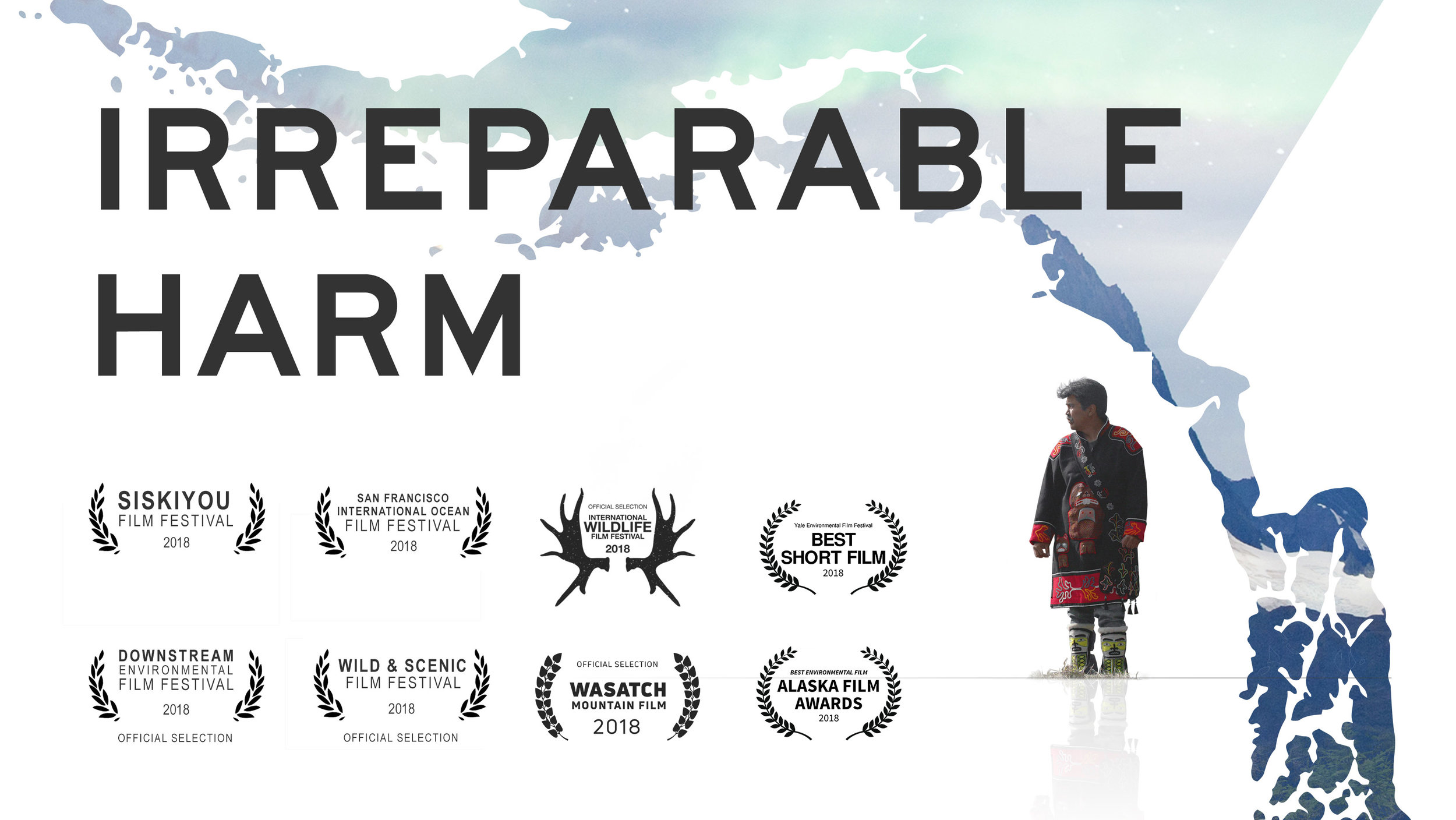Impact of the film
Guy Archibald - Southeast Alaska Conservation Council
“Irreparable Harm has changed the narration of the idea of 'safe, sustainable" mining in Alaska. Prior to the film, state agencies were using Greens Creek as an example of how state and federal permitting were effective at allowing large mines and protecting the environment. Having the cake at hand while simultaneously eating it.
As with the myriad of policy decisions, both large and small that go into permitting a mine to operate, the agencies have no real data to back up their assumptions and are quite uninterested in testing their hypotheses. Irreparable Harm has challenged the agencies contortionist-level act of patting themselves on the back while burying their heads in the sand. Now questions are being asked and the assumptions and policies are openly challenged in public. The agencies lack of sound science in the decision-making process is on full display. This has affected other projects as well. Agency "best professional judgment" is no longer the industry standard. An actual conversation is being conducted for the first time.
Specifically for Greens Creek, the film has forced the agencies to require another independent Environmental Audit of the mine's activities. This will be only the second audit in 30 years and will be conducted this year prior to the next tailings dump expansion NEPA process. This is huge. The film-makers were able to get the mine to admit that if activities were found to be creating irreparable harm to the National Monument, their lease will be voided. Even though this admission seems self-evident, it goes a long way to limit the aforementioned agency discretion in the next decision.
The film has also highlighted the issues surrounding the consumption of marine mammals. Alaska had seated a state-wide workgroup to address updating Alaska's woefully unprotective Human Health-Based water quality criteria. These are the methods used to determine the water quality standards for "safe" levels of carcinogens and bioaccumulative toxins. These toxins find their way into humans through the fish they eat and the water they drink. Alaska had not considered the issue of people eating marine mammals high on the trophic level and therefore high in accumulative contaminants. Irreparable Harm forced the workgroup to examine this issue and that led to a study confirming that many marine mammals are already contaminated as well as the people that rely on them for subsistence. The cat was out of the bag.
Last and certainly not least Irreparable Harm exposes the State of Alaska's lack of recognition of the Sovereign Indigenous Nations within its borders. The State only consults with tribes as a "courtesy" and more often ignores their concerns altogether. Even the Federal agencies operating under stricter consultation rules do not respect nor seek consent and consultation is reduced to mere box-checking on the path toward permitting mine operations. The fundamental issues in land use and environmental controls in Traditional lands revolve around one basic question: who decides? All of the rights afforded to the Sovereign Indian Nations within Alaska are meaningless if the land which these cultures were born ceases to support them. Separating Native People from decisions on land use removes the first-line of cultural defence: control of the land. Without land the Raven and Salmon stories have no reference to the youth and stories go untold, traditional practices go unpracticed, a culture dies.“ - Guy Archibald, Staff Scientist


